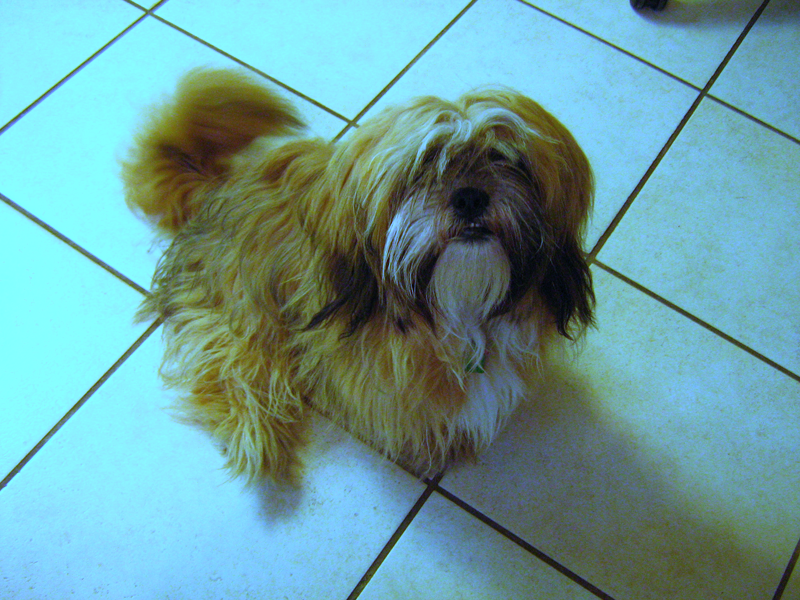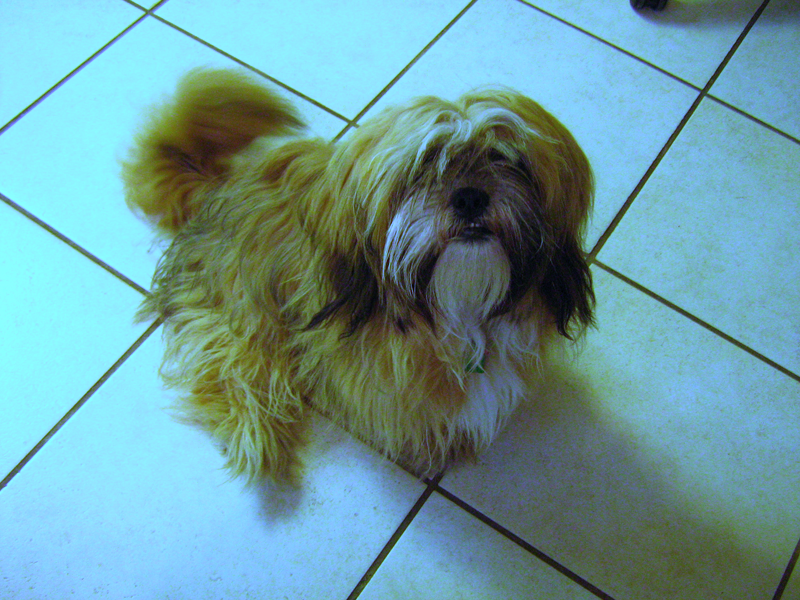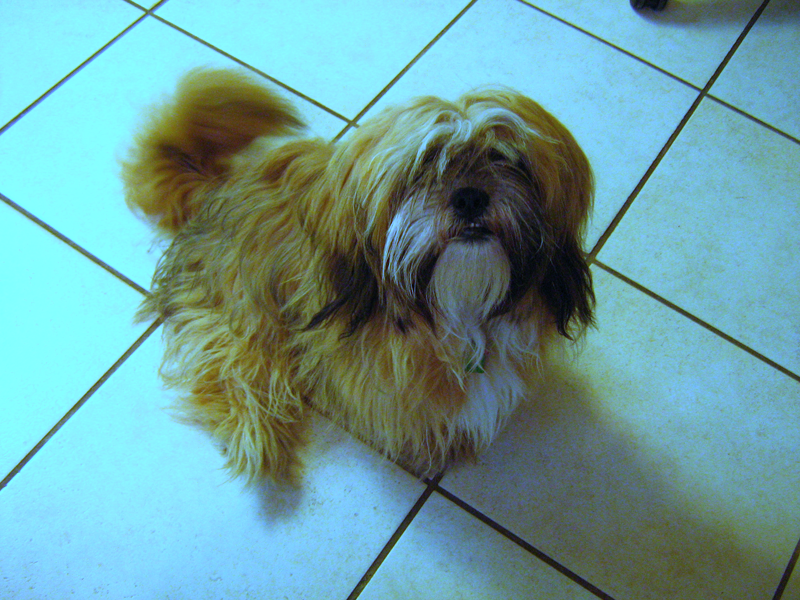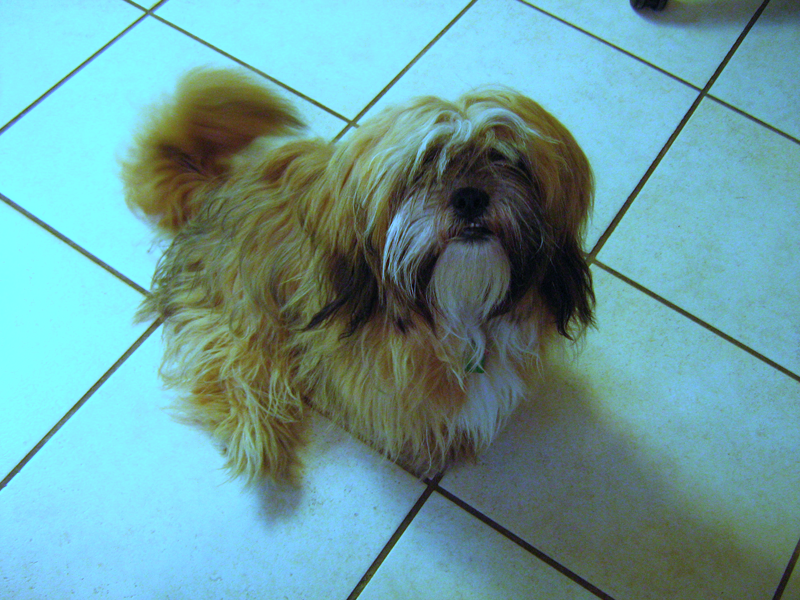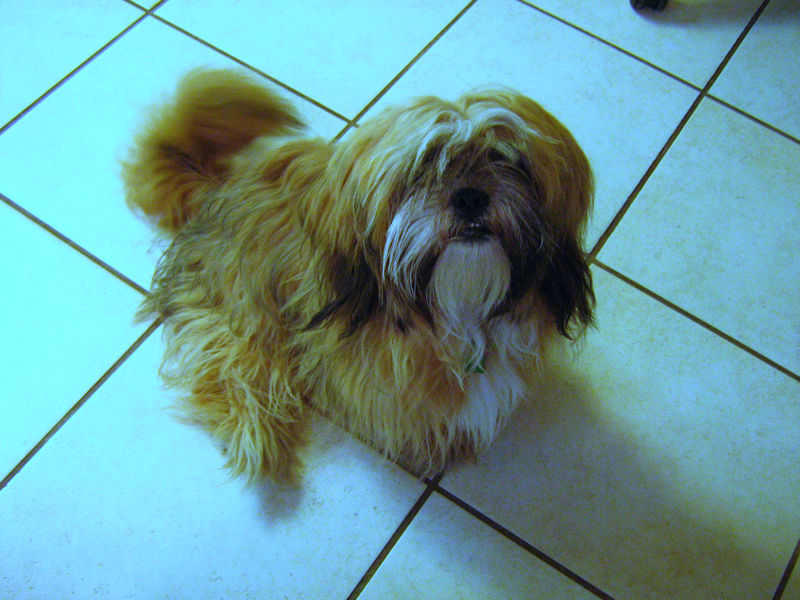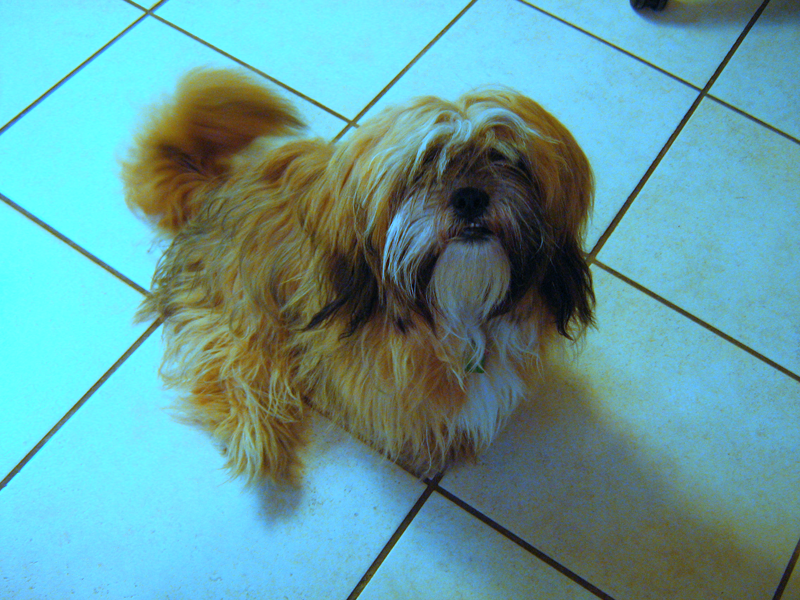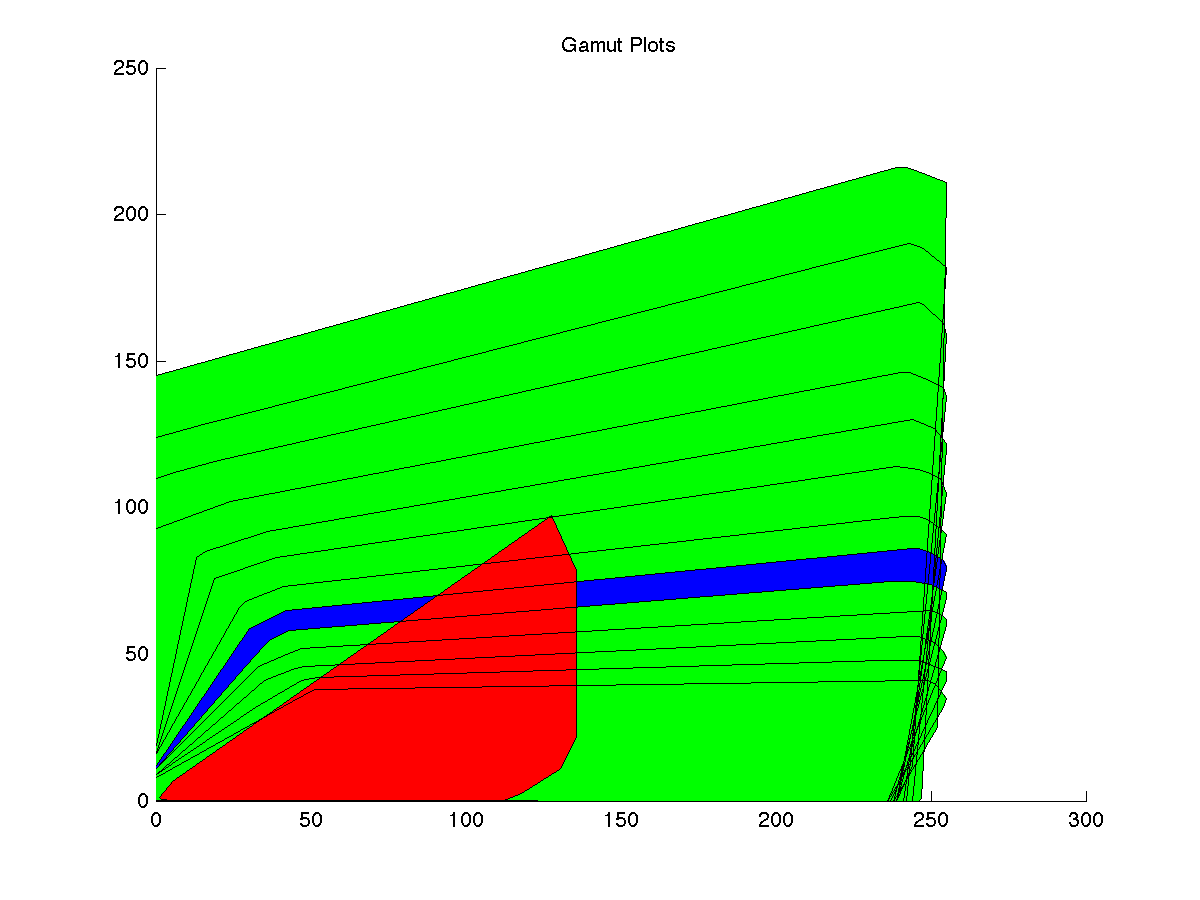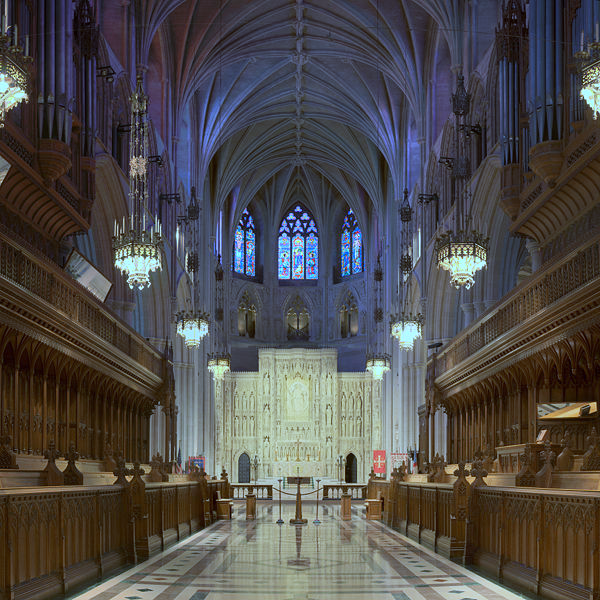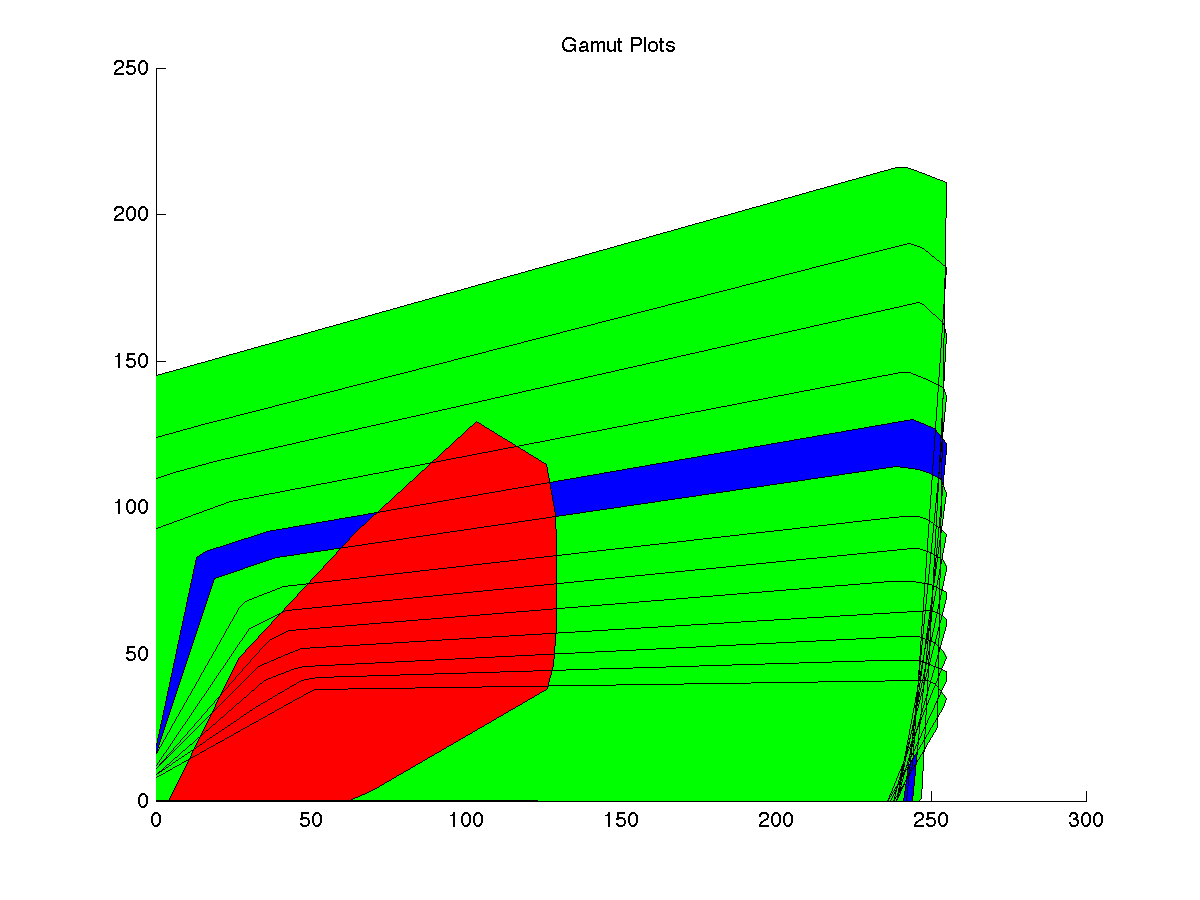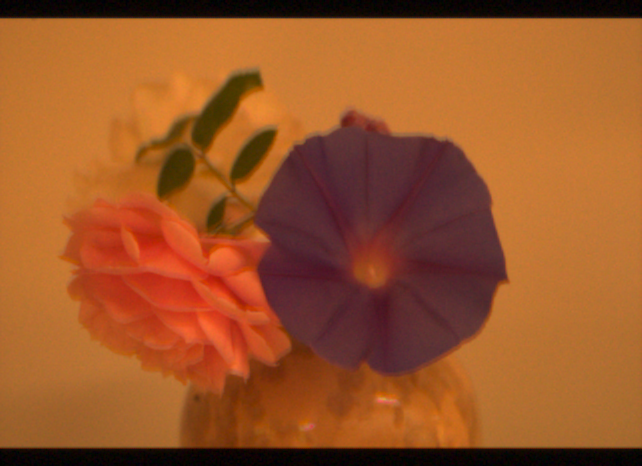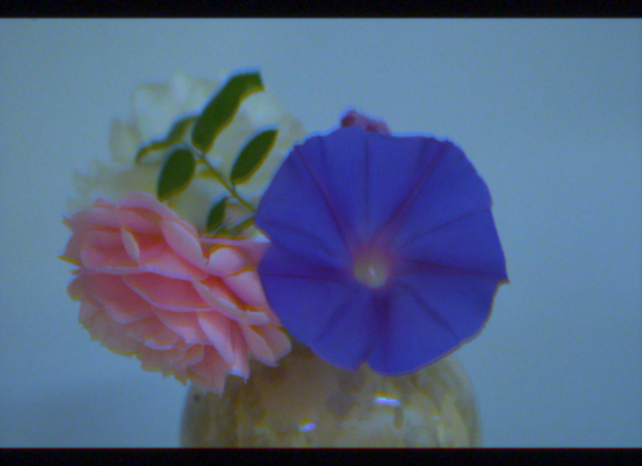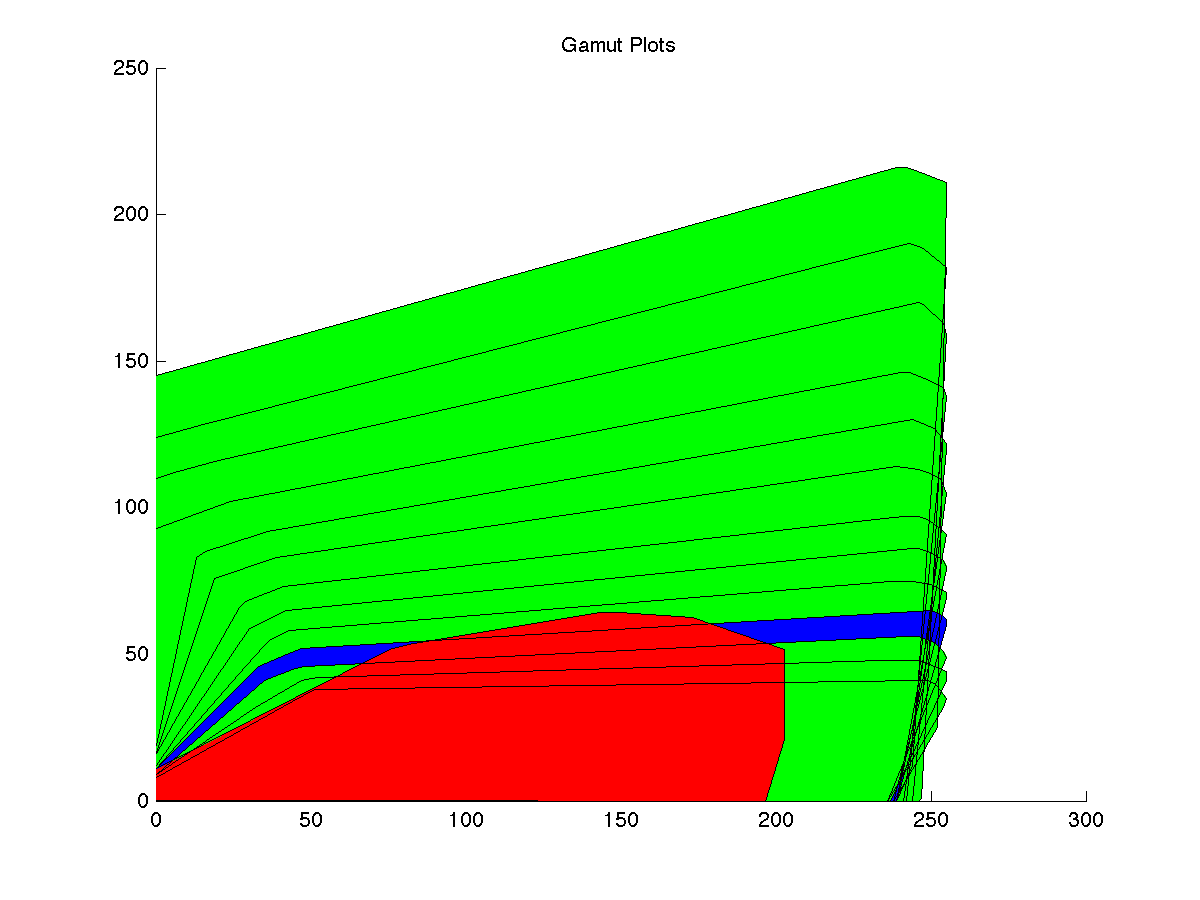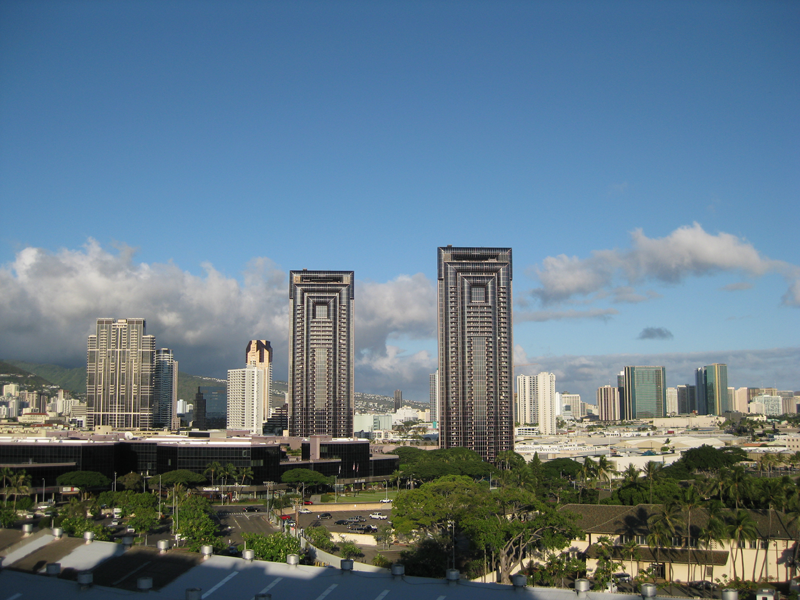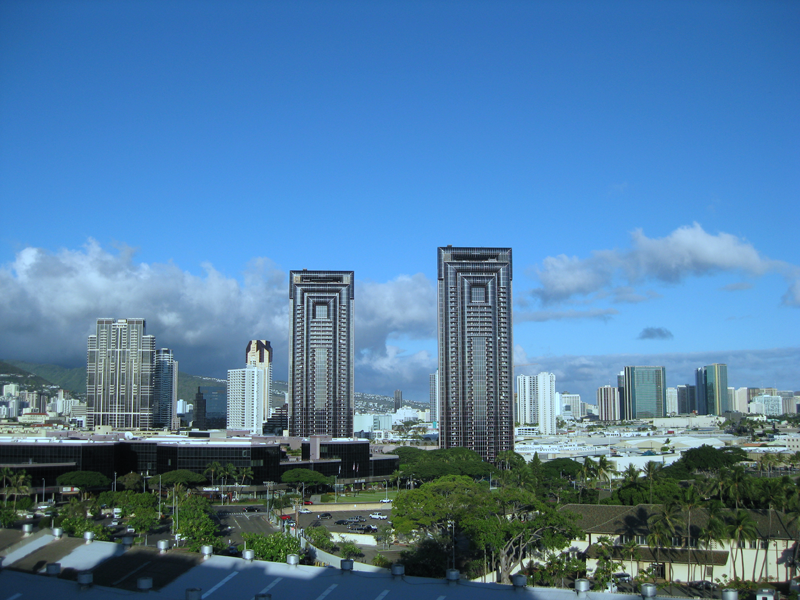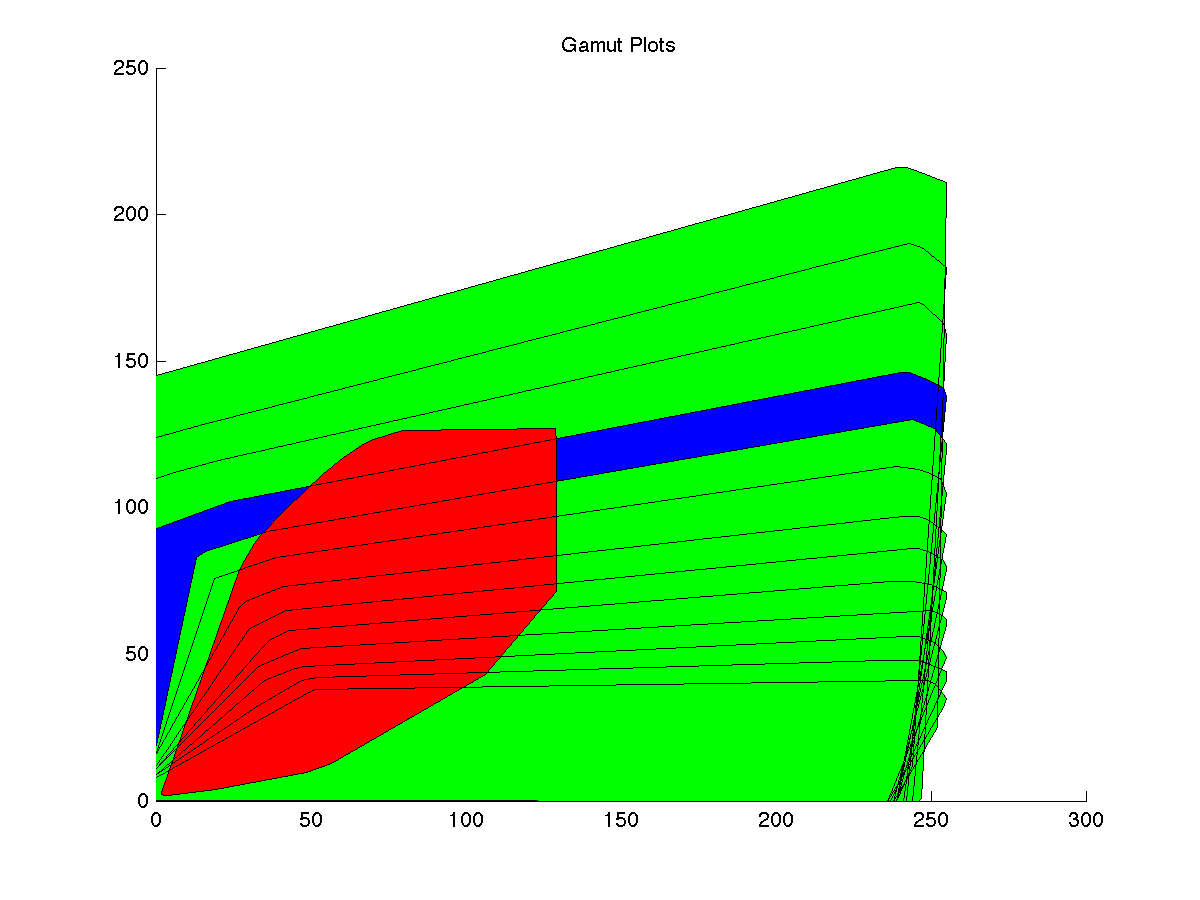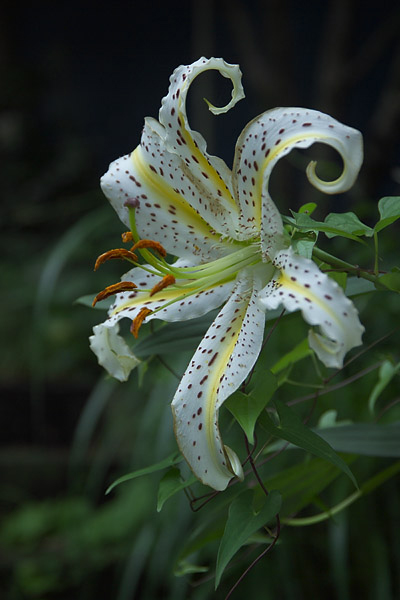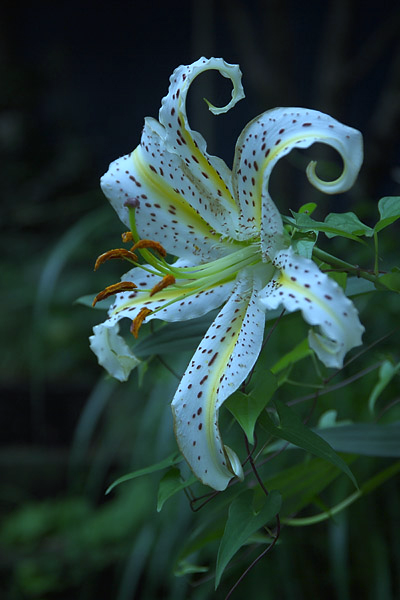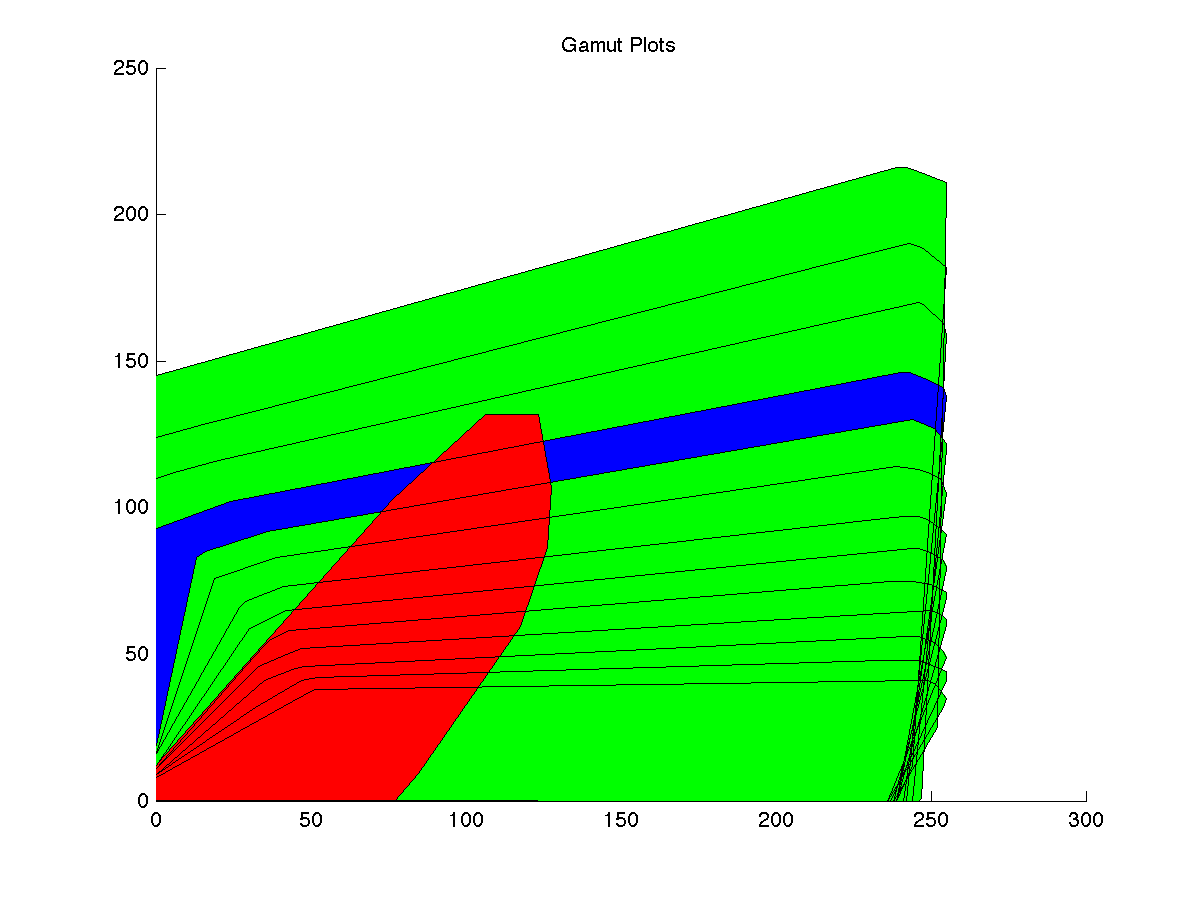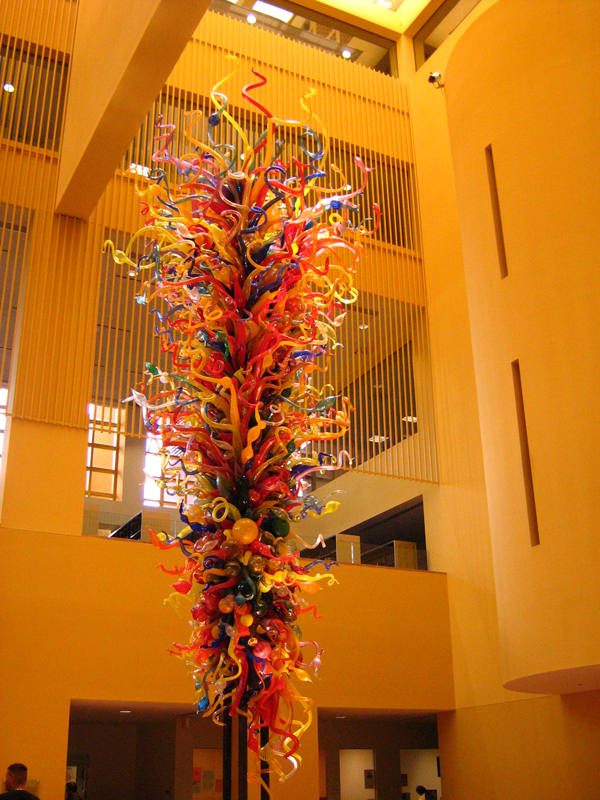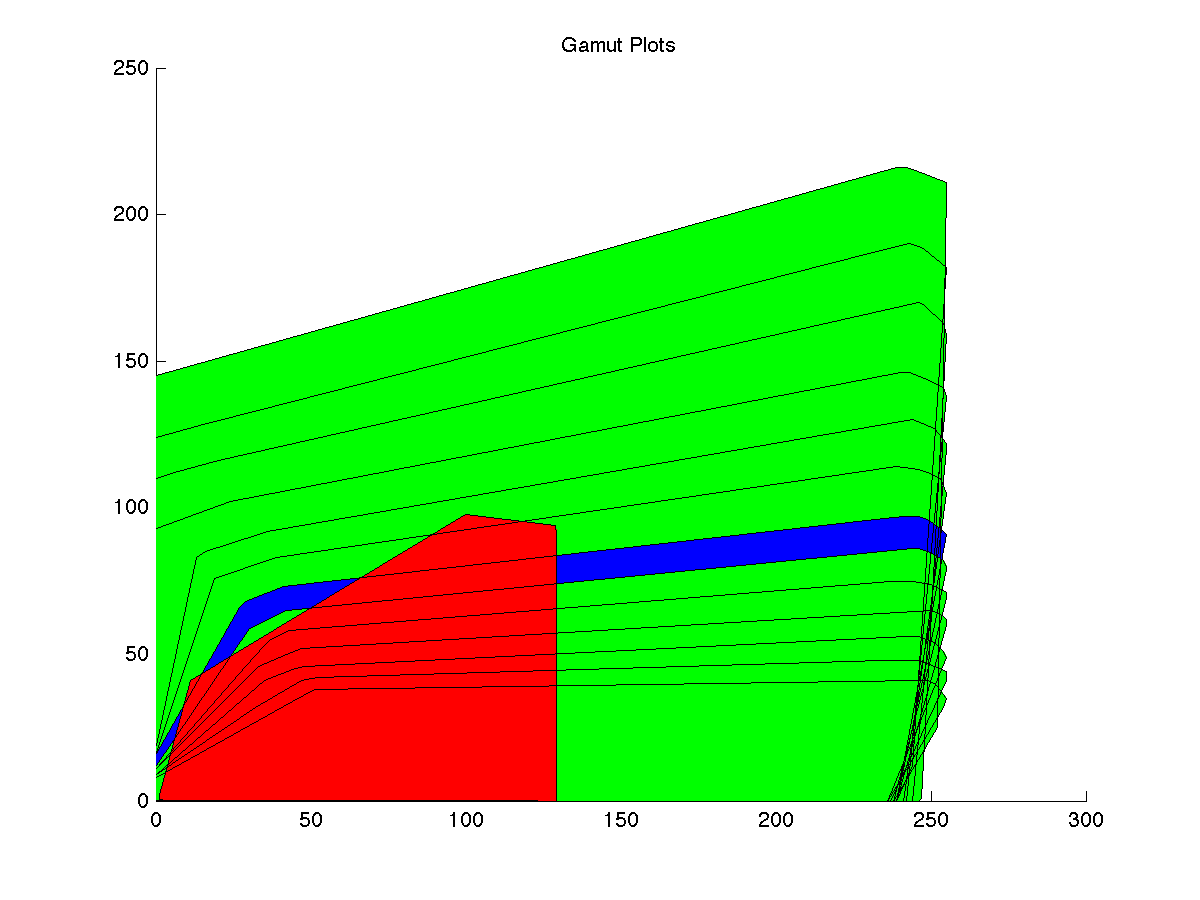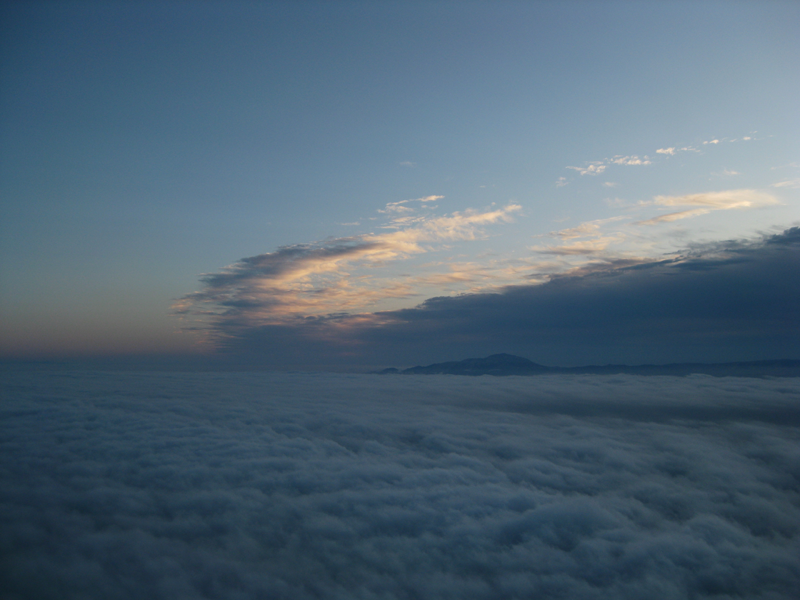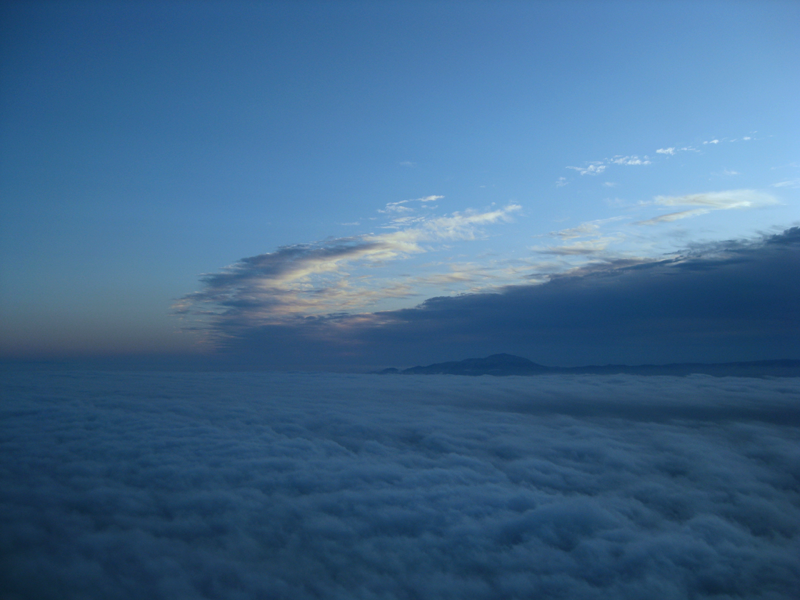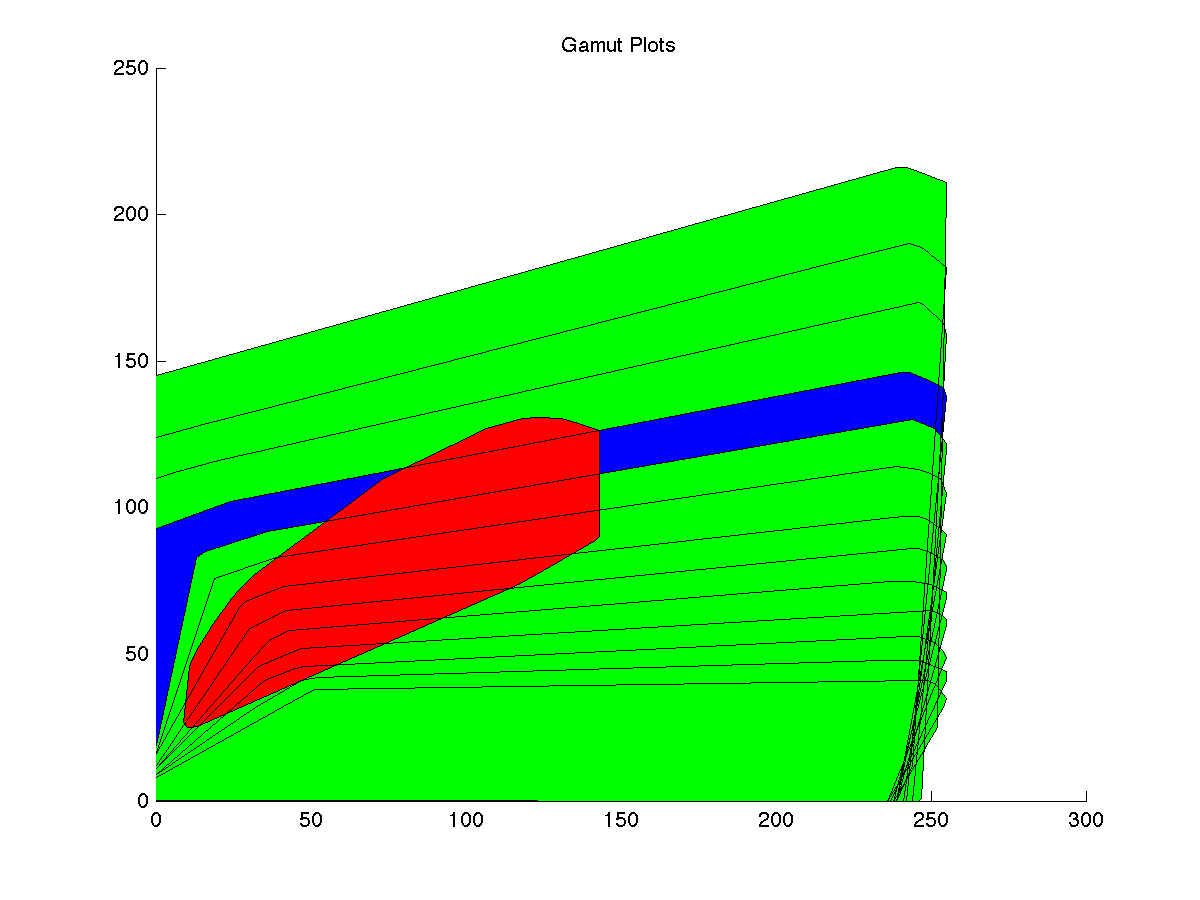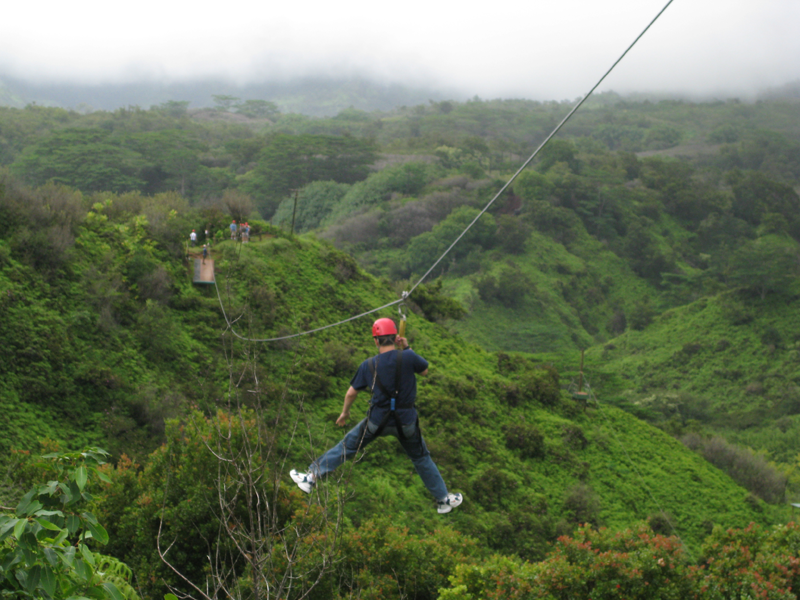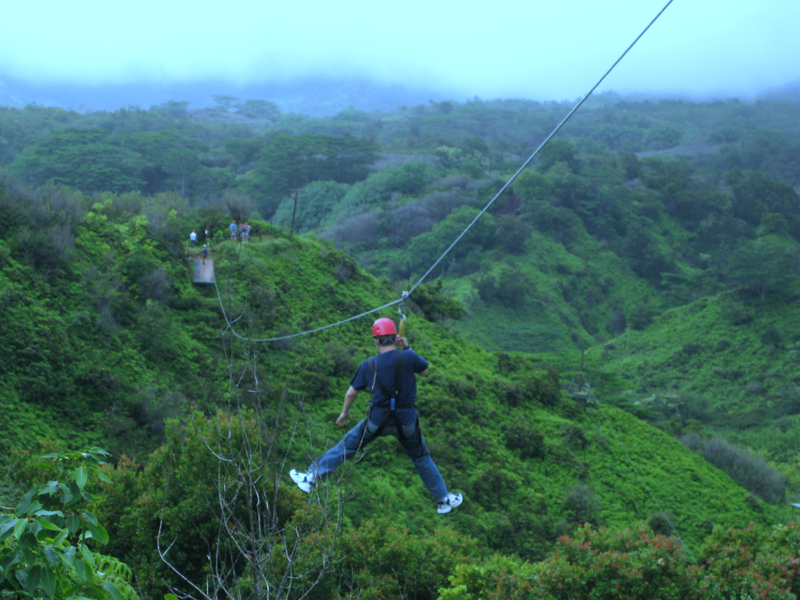This is an illuminant estimation algorithm that differs quite dramatically from the previous methods because it requires detailed knowledge of one's imaging sensor. It is based on the idea that most photographs are taken in only a limited number of illuminant types. This is exemplified in the CIE’s set of standard illuminants for sun, incandescent, and fluorescent light. The range of colors that is possible in any scene is limited by the illumination. Sensor Correlation is a method that compares the color gamut in an image with those of many illuminants determined a priori by the responsivity of the imaging sensor. The reference gamut that correlates the most with the image gamut is determined as the most likely illuminant in the scene.
In my implementation, I simulated the reference gamuts using the MacBeth color checker in ISET under a black body radiator at 13 different temperatures, equally spaced on the mired scale. Note that this algorithm should be specific to each camera’s sensor but I nevertheless applied it to images whose origins were completely unknown. This is technically an incorrect usage but it examines the possibility of using an average set of reference gamuts that would be useful for a wide range of image sensors.

